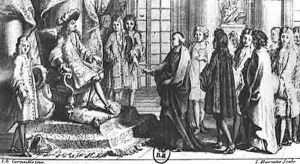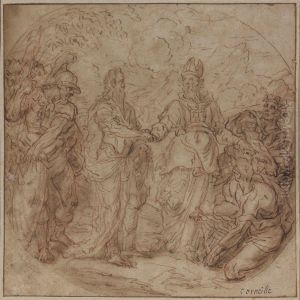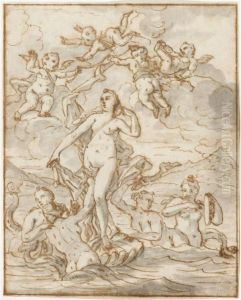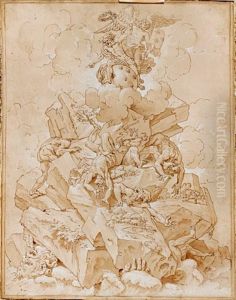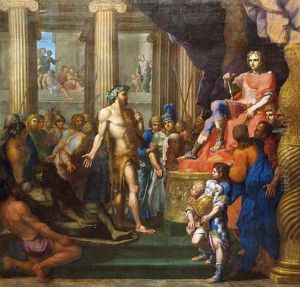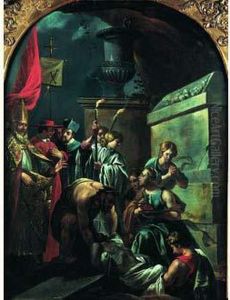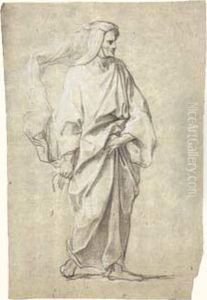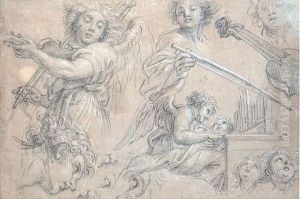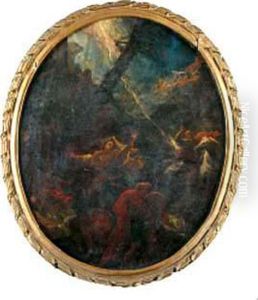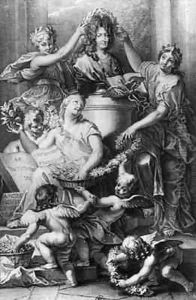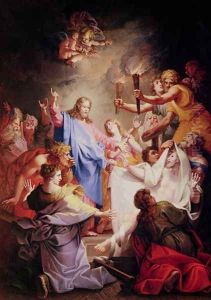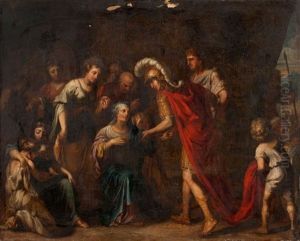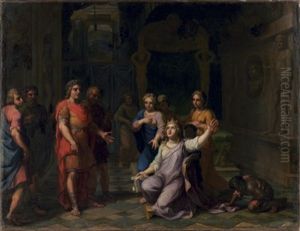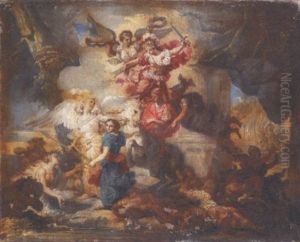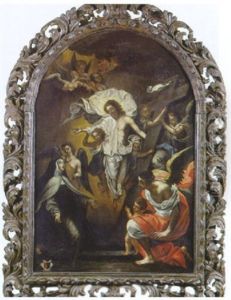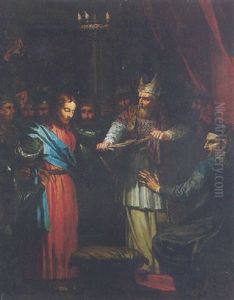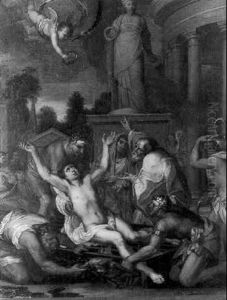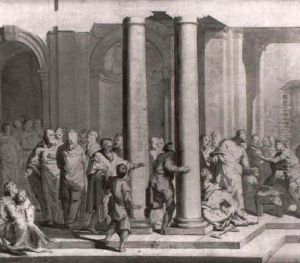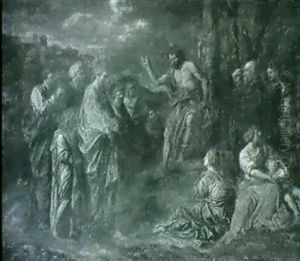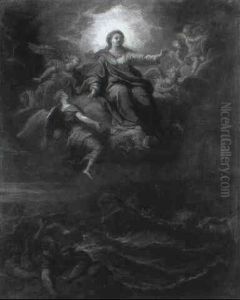Jean-Baptiste Corneille Paintings
Jean-Baptiste Corneille was a French painter and etcher, born in Paris in 1649. Coming from a family with strong artistic ties, he was the younger brother of the playwright Pierre Corneille and cousin to the painter Charles Le Brun. Jean-Baptiste received his early training in the arts from his father, who was also a painter, before continuing his studies under the guidance of his cousin Le Brun, who at the time was the most powerful artist in France.
Jean-Baptiste's career was largely influenced by the prevailing Baroque style of the period, which was characterized by dramatic expression, rich coloration, and grandeur. His work encompassed religious subjects, mythological scenes, and historical paintings. He was particularly noted for his ability to depict scenes with a strong sense of drama and emotion, often utilizing dynamic compositions and a vivid palette to capture the viewer's attention.
Despite his talent, Jean-Baptiste Corneille struggled to emerge from the shadow of his more famous relatives and the dominant presence of Le Brun. Nevertheless, he managed to receive commissions for various important projects, including works for the churches of Saint-Merri and Saint-Gervais in Paris, and for the decoration of the Hôtel de Ville.
In 1676, Jean-Baptiste was admitted to the Académie Royale de Peinture et de Sculpture, an important recognition of his abilities as an artist. However, his success was somewhat limited compared to that of Le Brun and other prominent contemporaries. Jean-Baptiste's works were admired for their technical proficiency and the emotional impact of their subjects, yet they did not always receive the critical acclaim he might have hoped for.
Jean-Baptiste Corneille's contributions to French art were significant in their own right, but his career was often overshadowed by the achievements of his peers. He passed away in 1695, leaving behind a body of work that, while not as widely recognized as some of his contemporaries, displayed a masterful handling of the Baroque style and a passionate interpretation of his subjects. His art remains a testament to the richness of French Baroque painting and his place within the artistic heritage of the period.
